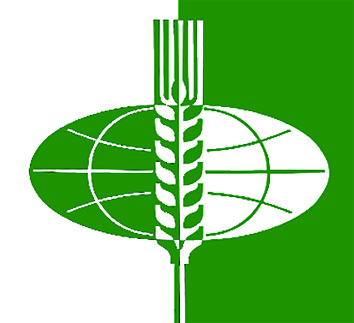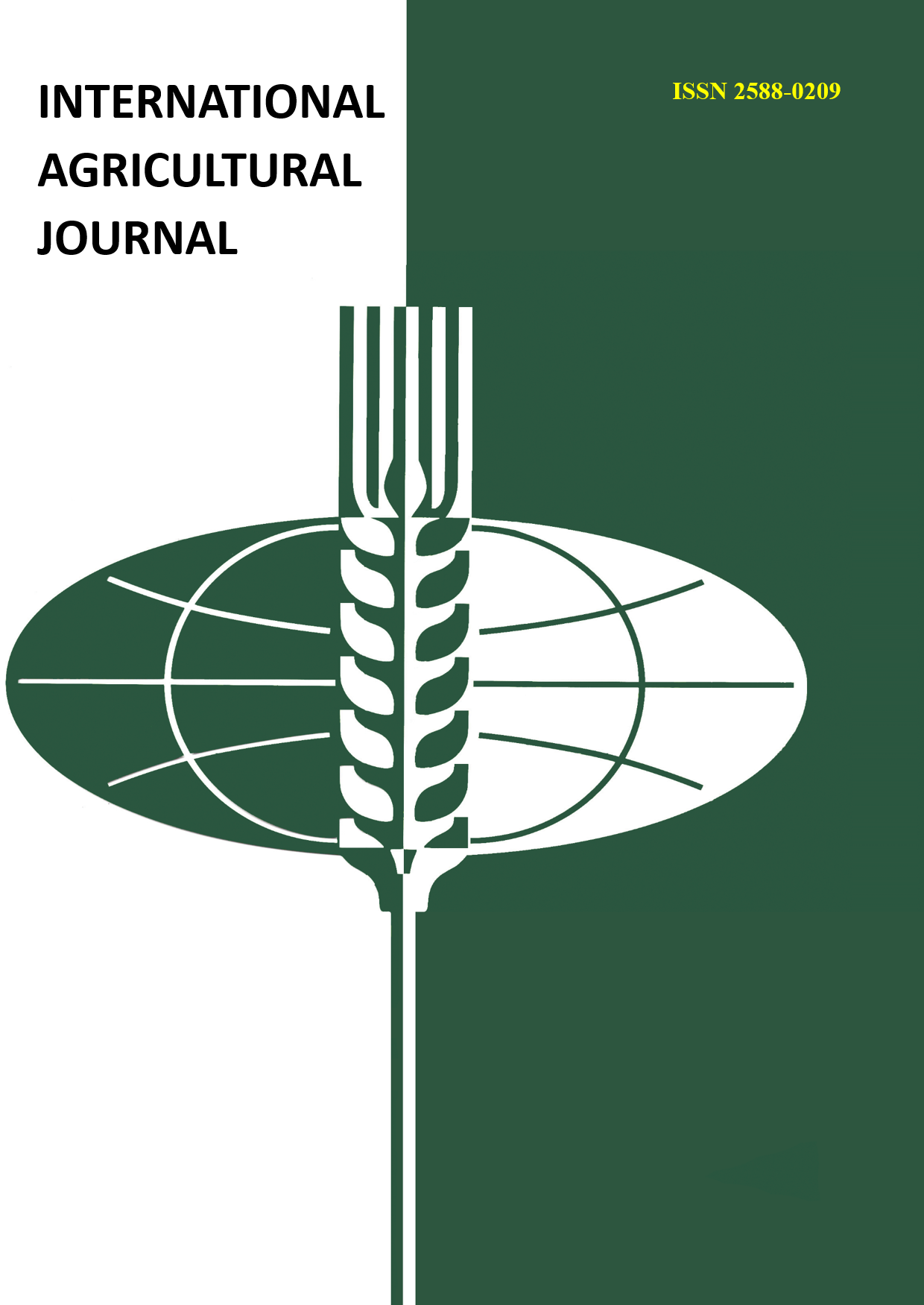The main task of agriculture in Yakutia is to provide high-quality and complete fodder for livestock and horses during the long winter period. Forage production is mainly concentrated on natural hayfields and pastures, the yield of which, depending on weather conditions, varies between 0.5-2.0 t/ha of hay. To increase the productivity of degenerate grasslands, highly productive varieties are needed that are adapted to such limiting factors as cold winters with little snow, lack of precipitation, and soil salinity. One of these crops is wheatgrass, which has high winter hardiness, drought resistance and salt tolerance. The purpose of the research: to study the productivity of collection varieties of wheatgrass for breeding work to create a new variety adapted to the conditions of Central Yakutia. The results of tests in the collection nursery of 29 samples of wheatgrass of different ecological and geographical groups, species and subspecies from the world collection of VIR named after N.I. Vavilov and 1 one from the YSRIA collection. The studies were carried out in 2019-2022. on the second terrace above the floodplain of the Lena river valley in the Khangalassky ulus of Central Yakutia. Bookmark experience, records and observations by the method of VIR (1985). The standard is the zoned variety Volosatik. According to the results of studying the collection samples of wheatgrass in the conditions of the sharply continental climate of Central Yakutia in 2020-2022. For further breeding work, 2 samples were selected: k-52680 from Kazakhstan in terms of plant height before pruning and k-28548 in terms of green and dry mass yield.
zhitnyak, obrazec, kollekcionnyy pitomnik, produktivnost', zelenaya massa, suhaya massa














